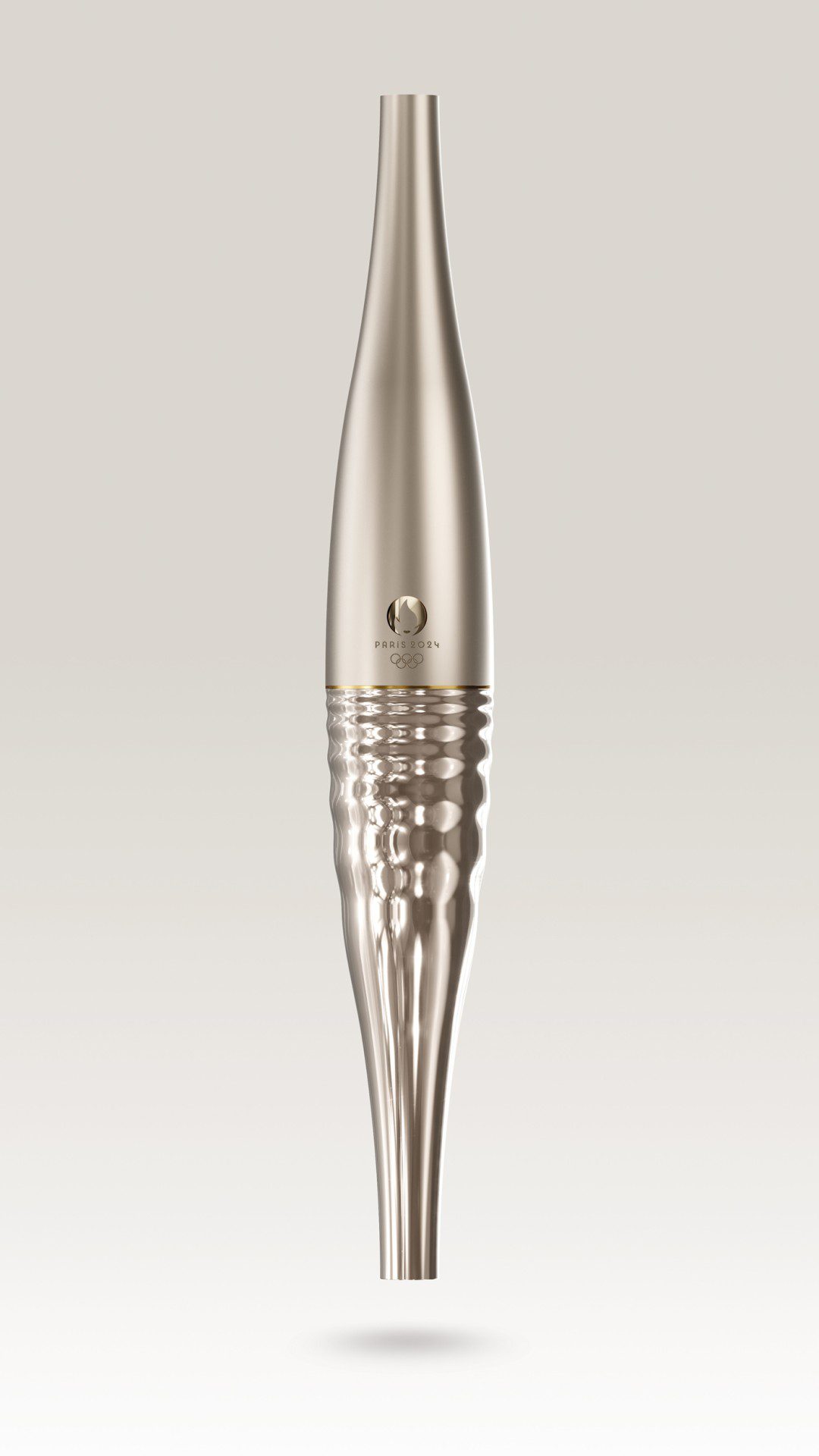Customer Support
0086-4008456656
Earn LA Cash
When generating an order and paying the amount, a 1% discount will be automatically applied
Subscribe To Our Newsletter
Email:support@dormem.com
One On One Sales Support
Connect With Professional Support
Marvelous Design: The Paris Olympic Torch Resembles an Oversized E-cigarette?The Most Expensive E-Cigarette and Its Design!!!
Mathieu Lehanneur’s stylish design is sustainably manufactured and full of symbolic meaning.
While the Olympic torch relay has existed since the ancient Olympic Games in 776 BC, its modern form began with the 1936 Berlin Olympics. Since then, the host cities have used the torch to tell the story of their Olympic Games and their city.
The Berlin torch featured the German eagle, with strong nationalist sentiment; the 2000 Sydney Olympic torch design was inspired by the curves of the Sydney Opera House; the 2004 Athens Olympic torch referenced olive tree leaves, a traditional symbol of peace; the 2020 Japan Olympic multi-tube torch symbolized rebirth and was made from aluminum housing units used after the 2011 Tohoku earthquake and tsunami.
Continuing this tradition of symbolism is the 2024 Paris Olympics and Paralympics torch. It has a stylish champagne-colored stainless steel exterior, designed by French designer Mathieu Lehanneur, known for his delicate and whimsical works. Lehanneur connects the torch’s shape (is it an inverted hourglass? An oversized e-cigarette? Two water bottles back to back?) with the core themes, values, and goals of the event. Perfect symmetry is emphasized, with the upper and lower parts being mirror images. The second element is Paris itself, represented by the Seine River depicted in the lower half of the torch through mirror treatment, resembling water. The third is peace, reflected in the torch’s gentle curves.
“Form is the essence that emerges,” Lehanneur quotes Victor Hugo, one of France’s most famous literary figures. “The primary goal is to know what you want to express.”
Less obvious in the torch’s form is its alignment with the Olympics’ sustainability theme. The city, using 95% existing or temporary venues, aims to cut the typical Olympic carbon footprint in half and offset the remaining part. The torches used along the route will be made from recycled steel; their number will be fewer (around 2000, much less than the approximately 12000 used in past Olympics, and some will be reused – a first for the Olympics); their simple design means fewer components, easy assembly, and eventual disassembly.
On the way to lighting the Olympic flame, these 70 cm high torches will be passed by thousands of runners worldwide. To create what Lehanneur calls the “flag of flame” effect (unfolding behind the runner, the right size), and make it more visible, the upper half of the torch’s sides will have small grooves. The Paris 2024 logo will be engraved in gold in the center. Weighing just over 3 pounds, it is relatively light and easy to hold.
Lehanneur, who has always combined practicality with aesthetics and fun, designed streetlights for the Paris COP 21 climate conference, a panoramic concept car for Renault, and pink acrylic lamps for the Louvre’s Mollien café. He is very well-known in France and the design world, but the Olympics might make him a global household name, similar to what the 2012 London Olympics did for Thomas Heatherwick, who designed the Olympic cauldron. “Honestly, I don’t like competitions,” Lehanneur said, referring to the bid to design the torch. “But in this case, refusing was impossible.”

information on e-cigarettes and products, please click here.

































